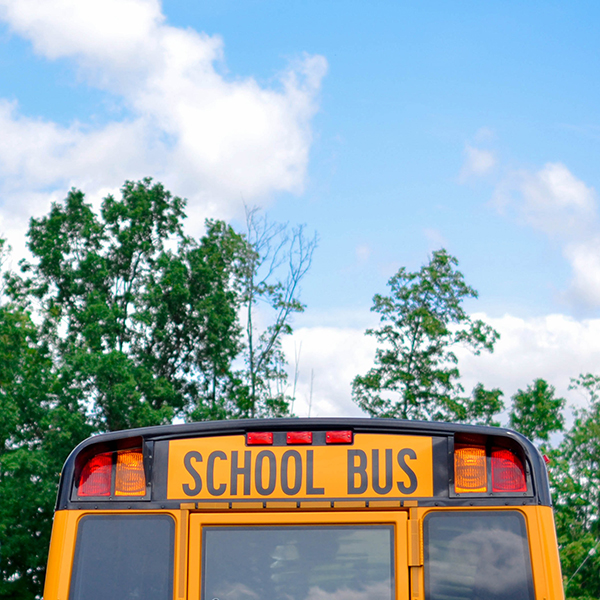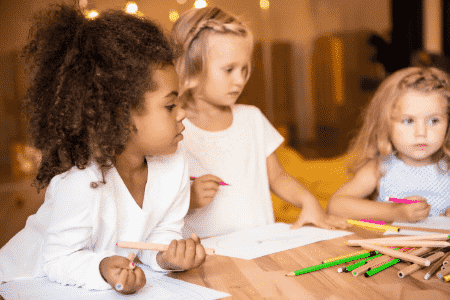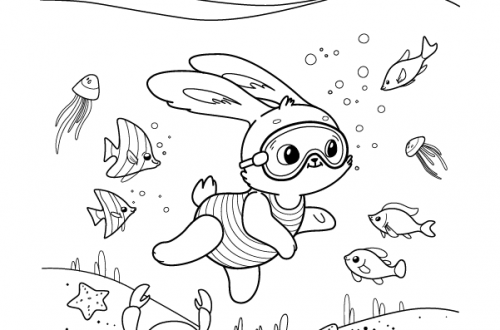A Place for Joy to Blossom
By Lisa Catterall

I wonder why, when parents choose schools for their kids, they don’t ask students at the school whether they experience happiness in class every day?
 “The joy in learning is as indispensable in study as breathing is in running.” – Simone Weil
“The joy in learning is as indispensable in study as breathing is in running.” – Simone Weil
Anything that enters a human brain through the senses passes through a simple triage process. Standing at the triage station is the amygdala, and it has three modes: “Danger – run away!” is one; “Happy happy joy joy!” is another; and the third is simply “neutral.”
When the amygdala senses danger, every other brain function funnels energy into running away from the figurative lion about to chase the person down. Survival is all that matters. In modern society, and I believe, in modern classrooms, people spend too much time in this brain loop, without realizing it. Looking back over fifteen years of teaching, I know occasionally, I might just have been the lion.
On the other hand, when the amygdala finds something joyful, every process in the brain is lit up, awakened, and fully functioning.
For a teacher, making sure the room is right for learning, therefore, must go far beyond safety. We don’t simply want to create a space without fear, we want to make a place for joy to blossom.
I have a choice every day, to scare kids or to dance and play in the classroom. Scaring is simple, supposedly functional, and built the educational system we have today. It’s true; the system leans towards scaring kids into compliance. Originally, way back in history, this was open and brutal. You can still see this type of schooling, with openly frightening teachers and administrators, going on in many parts of the world. It’s rather shocking to witness. Even here in the U.S., where we’ve softened considerably in our view of how to treat students, there is a joke that isn’t a joke; that teachers should not crack a smile until at least November. One way of keeping the students “in line” is to do a full-on Minerva McGonagall (Maggie Smith in the Harry Potter movie series).
We don’t have to work very hard to scare students into doing what they are “supposed to do.” High school students often show up afraid of making the grade. Society has scared them into thinking they have to be perfect, and have to go to one of about five colleges everyone has heard-of to be successful in life. As teachers, we hold that power over them, traditionally. We can put them in the wrong part of the database.
The time is ripe to reject all manner of teaching by fear. Students and teachers have been pushed to handle much more fear and uncertainty than ever in the last year, and it’s time to find joy, not sorrow and fear, every day, in every classroom. Now is the time to embrace the power we have to just get out of the way. Learning is inherently joyful. Creativity is joyful, and students are inherently creative.
I wonder why, when parents choose schools for their kids, they don’t ask students at the school whether they experience happiness in class every day? Why, instead, do they ask about homework, AP courses, or test scores? When we describe our curriculum for the universities or for curriculum guides, shouldn’t we talk about relevance, resonance, and emotional content as much as we talk about intellect? Humankind has learned and stored quite a bit of information, technique, methodology, knowledge and philosophy. It is there for the taking, if we do not stand in students’ way by asking them to run up the ladder of life, away from the lions of failure chasing students as they climb.
I thought about this yesterday when I brought my engineering students a new technique to try. It’s a technique where they need to be controlled, and safe, because they were using hot soldering irons. I used to be very “scary” about the consequences of not listening to my instructions. Instead, I literally and directly told them there was nothing to be afraid of as long as they kept their safety glasses on and their work on their desktop. “Don’t be afraid,” I said. “You can’t get an F in this. I want you to play with this, to enjoy it, and to do your best to make it work.” And I didn’t have to do any work to keep them there, keep them focused, and keep them happy.
I think, maybe, in a year when we are all coming up from loss and isolation, for students at an age where school is often a pressure cooker, and wearing our still-new and awkward masks, I even heard a little bit of joy bouncing around our outdoor classroom.
Lisa Catterall teaches STEAM, math, science, and art at Mount Madonna School and is a senior associate of the Centers for Research on Creativity. She lectures and trains teachers and administrators on innovation in education in Beijing, China. Lisa has five children and lives in Santa Cruz County.







